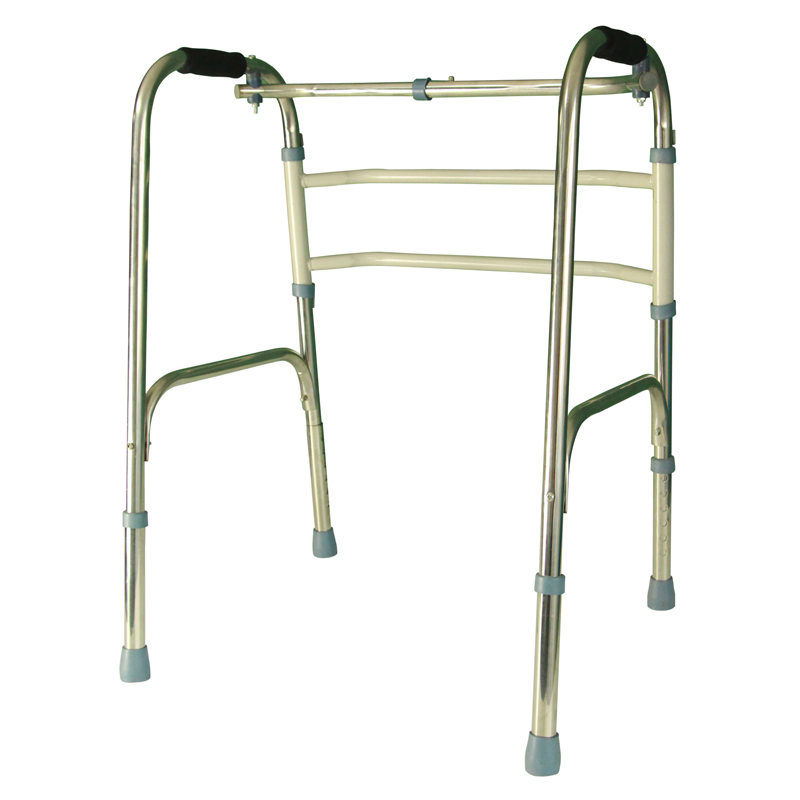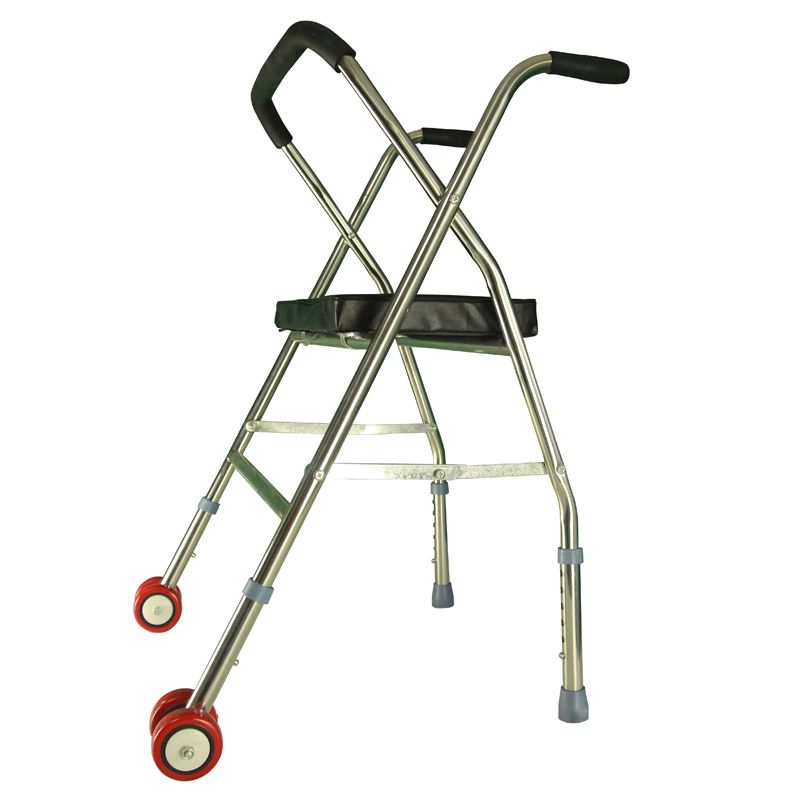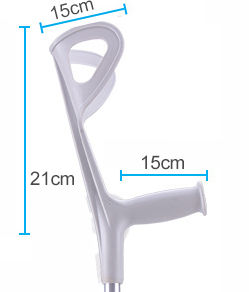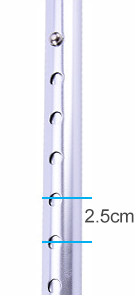What should the elderly pay attention to when using crutches?
1. Use only if necessary
There are some elderly people in life who are still very strong and begin to hold crutches in their hands. In fact, with crutches comes dependence. Not only will the mobility of the human body itself deteriorate, but the elderly will unconsciously gradually shift their focus to the side of the cane, which will aggravate the symptoms of hunched over. Some elderly women are concerned that the use of crutches will affect their appearance, so they often use shopping carts or bicycles to maintain their balance. In fact, this approach is not correct. Walking with crutches can spread the weight of the diseased side to the trunk through the crutches, reduce the load on the joints, prevent joint damage, and reduce the possibility of falling. Pushing a trolley or bicycle limits the range of motion and is not as flexible and convenient as the use of crutches. Therefore, don’t shy away from using crutches.
2. Choose the crutch that suits you
A crutch with a suitable length makes walking more comfortable and safer, and also allows the elderly to fully exercise their arms, shoulders and back. The old man wears flat shoes and stands on a flat ground. After standing upright, his hands hang down naturally. Take an upright posture. The elbow should be bent 20 degrees, and then measure the distance from the horizontal skin of the wrist to the ground. This size is the ideal length of the crutch. Generally, the crutches used by the elderly should not exceed their waist height when lifted up.
3. The quality of the crutches should be strong
The quality of the crutches must be good, and they must be crack-proof during use. The crutches are controlled by the hands and should not be supported by other parts of the body. The quality of the crutches is appalling. Therefore, it is necessary to ask and choose more, and choose the kind that is not easy to be affected by moisture and not cracked. General crutches are mostly made of wood, rattan, bamboo or aluminum alloy, and advanced crutches are also made of carbon fiber materials. Although there are many types of materials, all crutches must be light and flexible so that they are not tiring to use. When choosing, you should also pay attention to the load-bearing performance of the crutch material.
4. The head and tail of the crutch
The handle of the crutches The handle part of the crutches should not be too small, otherwise it is not good for the user’s hand joints; if the palms of the elderly are prone to sweating, avoid using plastic handles, cork or latex canes are best to grasp. The crutch has a “point” at the bottom, and the good point touches the ground, forming an angle that is comfortable for the user and is also non-slip. No matter what kind of material the walking stick is, it is necessary to add non-slip pads to the parts in contact with the ground, so as to avoid slipping.
5. Be careful when walking with crutches
Slippers, high heels, and stockings are not allowed when using crutches, stable shoes should be worn to prevent falls, and walk carefully. When walking, pay attention to the safety of the surrounding environment and avoid walking on slippery, rough and many obstacles.
The above information is for reference only, please consult relevant professionals if necessary.
Post time: Sep-07-2022







